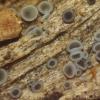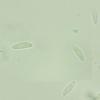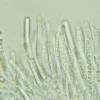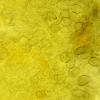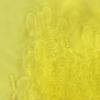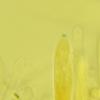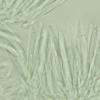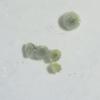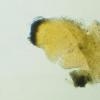
20-12-2025 23:08
Patrice TANCHAUDBonsoir, récolte sur sol sablonneux dans l'arri�

21-12-2025 09:32
Hello.A tiny ascomycete found embedded in wood in

20-12-2025 15:47
Mirek GrycHi.These grew on pine wood that was heavily covere

18-12-2025 21:17
Pol DebaenstThe identification took me to Byssonectria deformi

15-12-2025 07:09
 Danny Newman
Danny Newman
indet. Rutstroemiaceae sp. on unk. fallen leavesMc

19-12-2025 10:10
Patrice TANCHAUDBonjour, récolte réalisée en milieu dunaire, a

18-12-2025 17:23
 Bruno Coué
Bruno Coué
Bonjour,je serais heureux d'avoir votre avis sur c

18-12-2025 18:07
Margot en Geert VullingsThese plumes were found on rotten wood.They strong
These grew on a fallen, decorticated hardwood branch. The size of the apos is much smaller than of the typical gray ones that I find often on moist wood. There was a faint yellow reaction with 40% KOH, but under the microscope in 3% KOH I didn't notice anything.
Spore measurements: (7.9) 8.9 - 10.7 (10.8) × (2.9) 2.93 - 3.1 (3.2) µm, N = 8.



This is not a good idea.
Mollisia is difficult but among them you can find a lot of interesting species.
Do not cover the preparation with a slide when checking the reaction to KOH. Put a drop of KOH on the slide slide and then dip a piece of ascocarp in it. If the fruiting body reacts to KOH, you will see a yellowish coating around it in a few seconds.
The second way is to apply a drop of KOH to the fruiting body hymenium. If the reaction is positive, the hymenium will change to +/- yellow.
The reaction is visible to the naked eye or after applying a magnifier.
To be sure, it is worth using both methods at the same time
Good luck
Mirek

